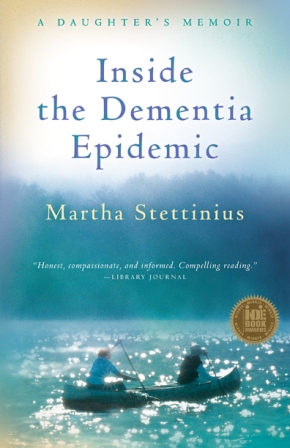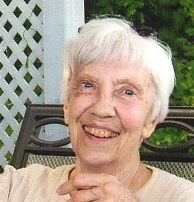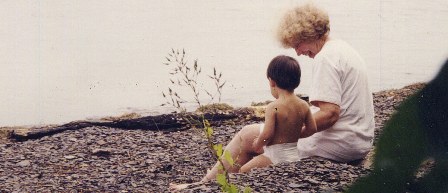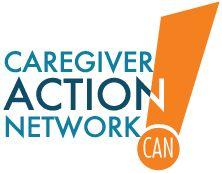New "Evermind" Technology Can Help Supervise Elders Living Alone
 Wednesday, September 24, 2014 at 05:05PM
Wednesday, September 24, 2014 at 05:05PM  Mom and my son at her cottage around the time I began to worry about her living aloneI rarely review products on this blog (just dementia-related books), but I was approached by Evermind, a new company that makes an intriguing tool to help caregivers supervise the well-being of their loved ones who live alone. It's something that I wish had existed 10 years ago when Mom lived by herself in her isolated cottage on a lake. This simple piece of technology can help reassure you that your loved one is out of bed and going about their usual routine by monitoring their use of electrical appliances.
Mom and my son at her cottage around the time I began to worry about her living aloneI rarely review products on this blog (just dementia-related books), but I was approached by Evermind, a new company that makes an intriguing tool to help caregivers supervise the well-being of their loved ones who live alone. It's something that I wish had existed 10 years ago when Mom lived by herself in her isolated cottage on a lake. This simple piece of technology can help reassure you that your loved one is out of bed and going about their usual routine by monitoring their use of electrical appliances.
Here's how it works: A small, white Evermind box plugs into a wall outlet or power strip, with the appliance plugged into the box. Using built-in wireless Internet, Evermind alerts you if the appliances your loved one normally uses each day have not been turned on or off. Compatible appliances include microwave ovens, coffee makers, TVs, lamps, curling irons, CPAP machines, garage door openers and more. No home Internet connection is required.
For more information, read my review on caregivers.com, or visit Evermind.us.





















